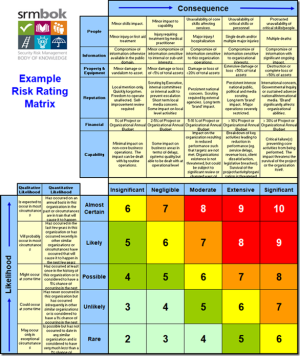 We released the book Following-Leading in Risk, A Humanising Dynamic in 2014. For free download here: https://www.humandymensions.com/product/following-leading-risk/
We released the book Following-Leading in Risk, A Humanising Dynamic in 2014. For free download here: https://www.humandymensions.com/product/following-leading-risk/
The book provides many positive and practical tools and guides for how to approach Psychosocial Safety in the workplace.
The wisdom of the book is based upon understanding the dialectic between following and leading in risk, as a foundation for leadership.
The reading list in the back of the book provides endless resources for helping leaders and organisations move forward in tackling risk in a humanising dynamic.
Chapter 6 of the book under the metaphor of ‘The Adaptive Toolbox’, presents over 15 positive and practical tools that help foster Psychosocial Safety. One needs to be familiar with SPoR to make the best of these tools. You can start your journey in SPoR here for free: https://vimeo.com/showcase/4233556
I find it amusing when I see in safety so much glib claim about ‘thought leaders’ presenting traditional safety, engineering safety, spin and behaviourism and none of it provides free available, positive and practical help in how to tackle risk, including Psychosocial risk. And crazy as it seems lots of this ‘goop’ is not cheap or free, often a ruse to make money from the vulnerable and naïve seeking simple fixes.
Attaching a brand to some proposed version of safety is easy, promising simplistic promises is easy. Once you’ve heard the spin, the real question should be: what do we do now? By what method do you propose we move forward?
The strength and practicality of a method emerges from the strength and clarity of a methodology (philosophy).
Most often the stuff presented as ‘thought leadership’ has no declared methodology or method. And most often this silly brand of ‘thought leadership’ is attached to marketing the old gem of making cash out of the vulnerable looking for a silver bullet. Risk is a ‘wicked problem’, there is no silver bullet. Psychosocial Safety is one such wicked problem.
Leaders who don’t know how to follow will never know how to foster Psychosocial Health.
Leaders who cannot: articulate an ethic of personhood, understand the nature of power, reflect on competing values, understand ethics and politics, consider the collective unconscious, understand culture and model followership, have little chance of fostering Psychological Health.
One thing is for sure: the focus on engineering, behaviourism and scientism that plagues safety is of no help when it comes to developing competence in Psychological Safety.
Unfortunately, the safety industry has little interest in ethics as is evident in the AIHS BoK ‘so called’ Chapter on Ethics. Nowhere in this chapter is there any mention of essentials in ethics including nothing on: the nature of power (the foundation of ethics), care, helping, personhood, humility, listening, embodied learning, cultural dynamics, political intelligence or a host of critical factors required to foster Psychosocial Safety.
Indeed, the deontological ethic of this AIHS BoK chapter is a great foundation for brutalism.
Join this to the global safety mantra of zero and you have all the ingredients needed to engender the very opposite of Psychological Safety. The new ISO 45003 standard and related Codes of Practice hold all the guidance one needs to foster a toxic workplace.
If you want to know about Ethics and Risk then sign up for the free module starting soon: https://safetyrisk.net/free-online-workshops/
If you are looking for help in understanding: leadership, the following-leading dynamic, the difference between SPoR and Psychosocial risk, the nature of obedience, ethics, power, violation, cultic leadership, toxic leadership, the zone of reciprocal relationship and practical tools to help foster Psychological Safety, then this book is a good start: https://www.humandymensions.com/product/following-leading-risk/



Do you have any thoughts? Please share them below